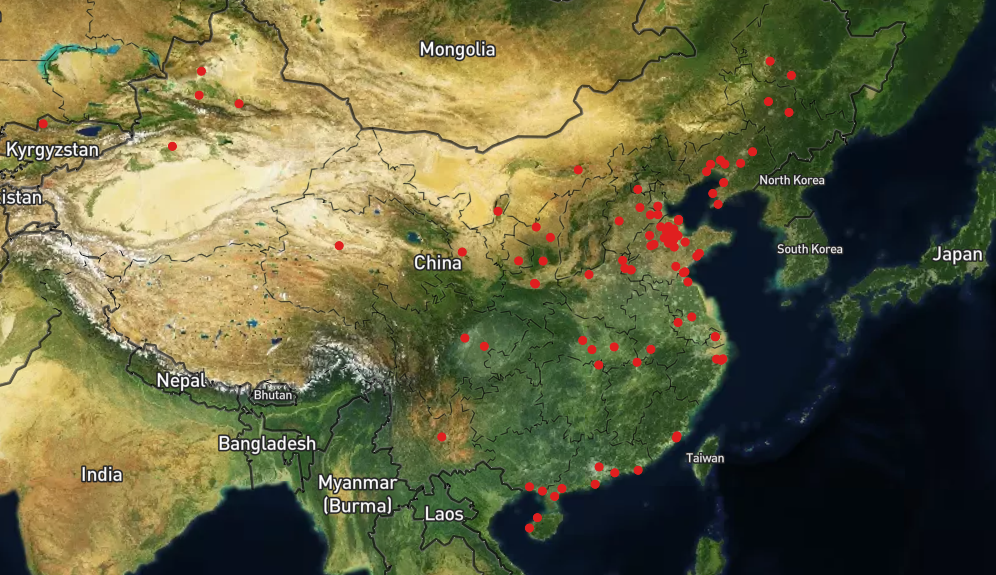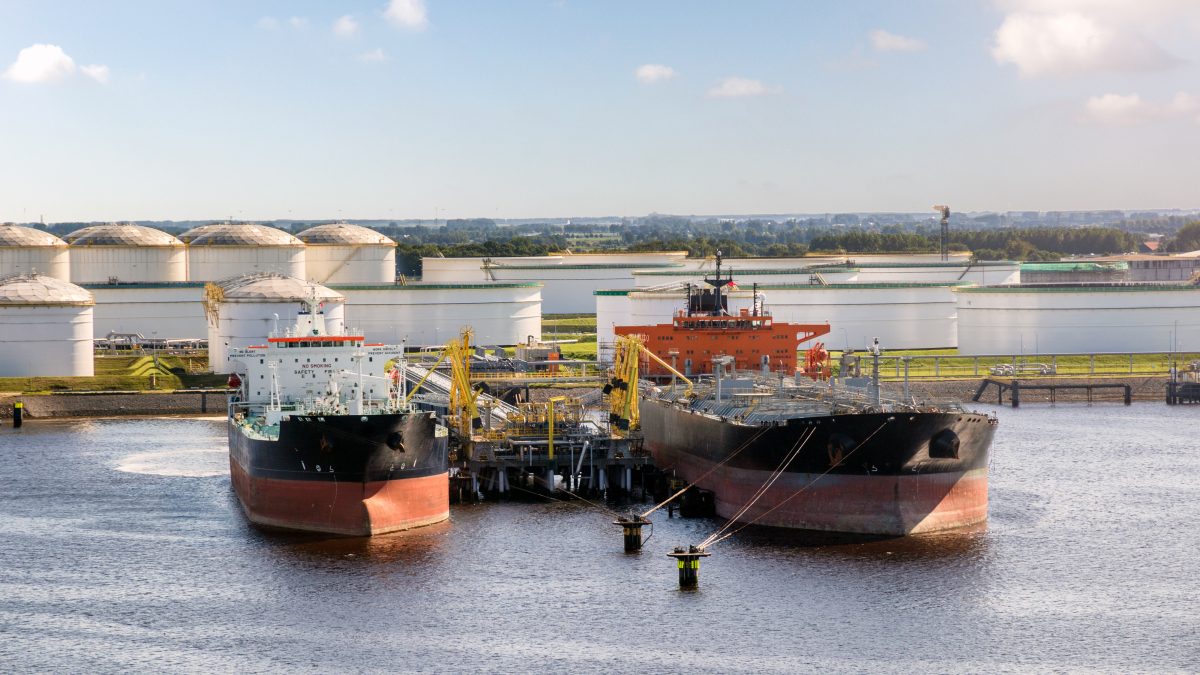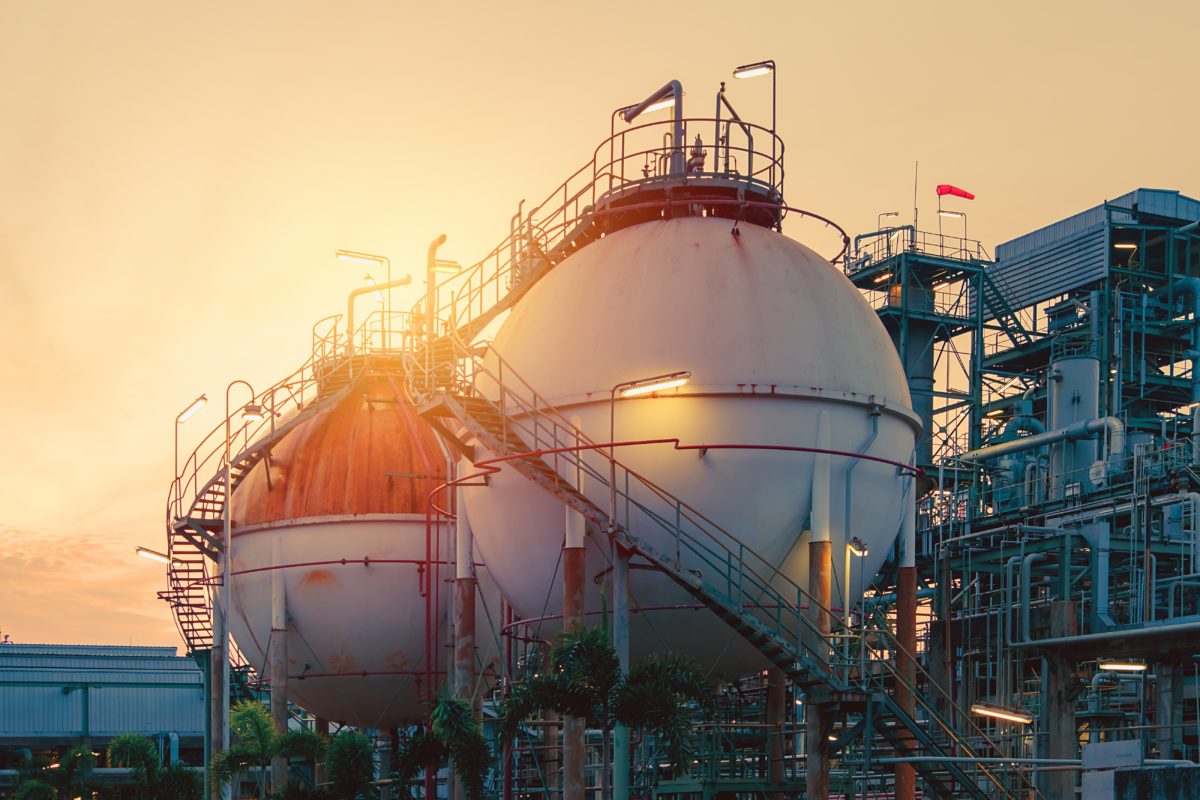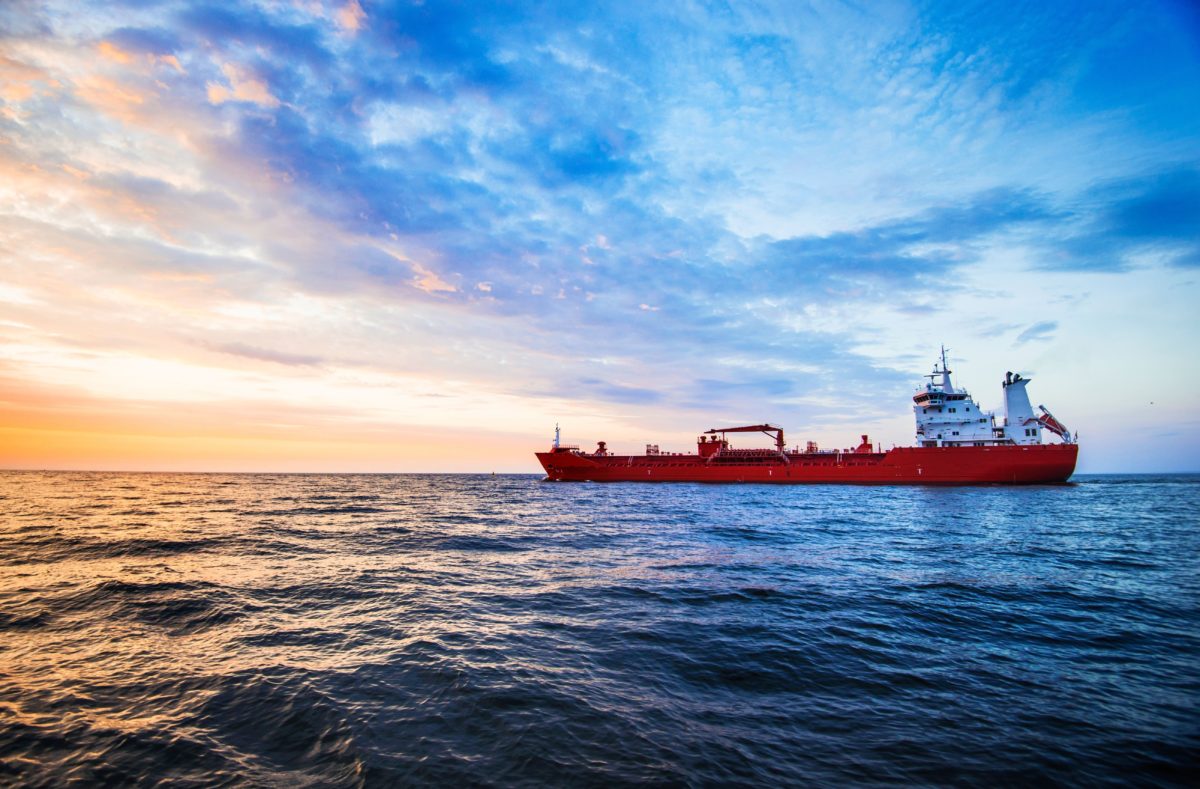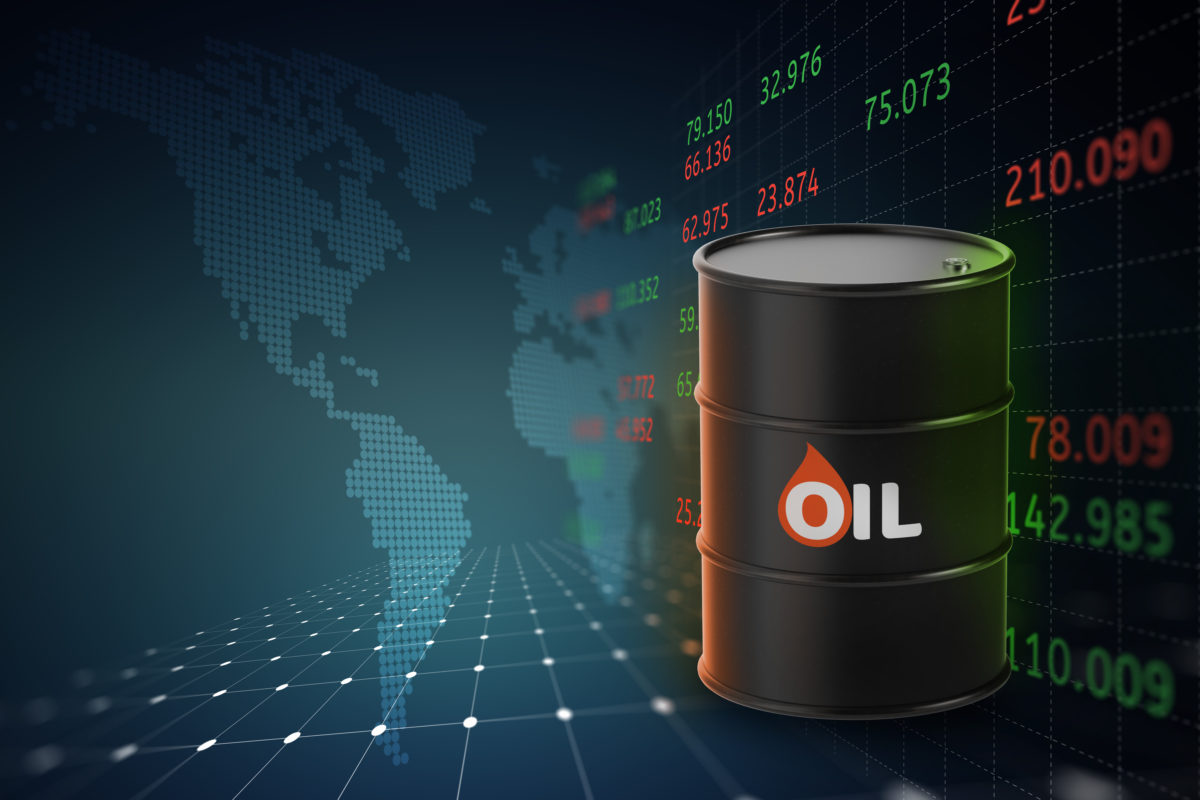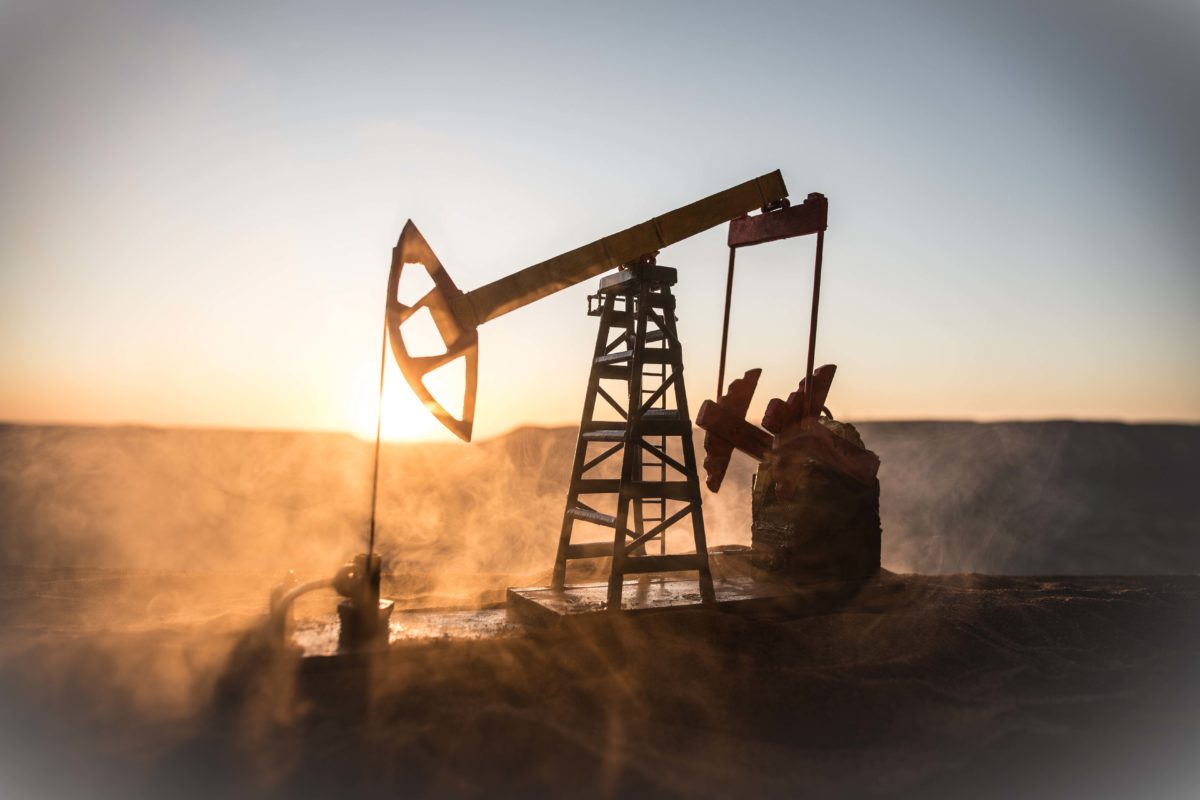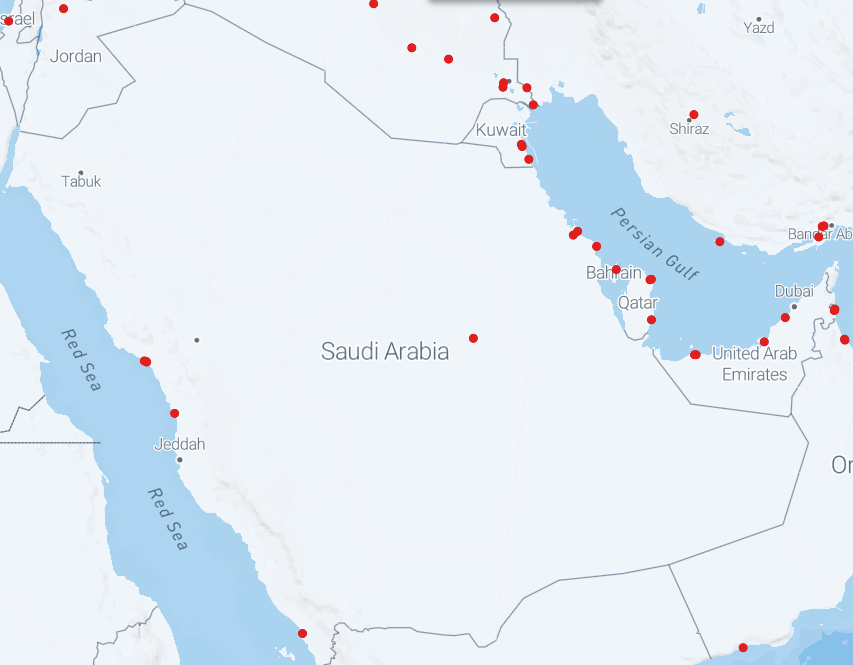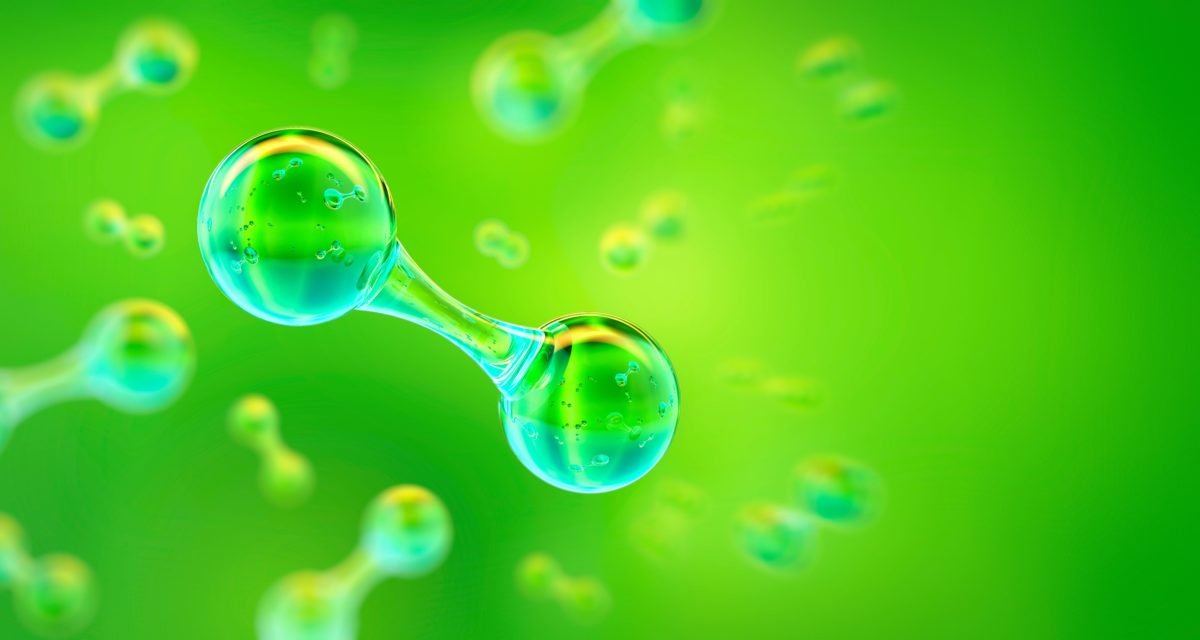It’s not about the oil. This is what President Biden has said about its upcoming visit to the Middle East and, more specifically, Saudi Arabia. He even said, as reported by Politico, that he was not going to ask the Saudis for more oil. And yet it seems that few believe this.
“No, I’m not going to ask them [to increase oil production],” the U.S. President said last week on his visit with the King and Crown Prince of Saudi Arabia.
“All the Gulf states are meeting. I’ve indicated to them that I thought they should be increasing oil production generically, not to the Saudi Arabia in particular. I hope we see them in their own interests concluding that makes sense to do,” he also said.
This is where Biden is quite wrong. It is not in the Gulf oil kingdoms’ interest to pump more. Most of them do not have any spare capacity, and the couple that do may have seriously overestimated that spare capacity. And this includes Saudi Arabia.
The issue of actual spare capacity came into the spotlight also last week when Reuters recorded France’s Emmanuel Macron telling Biden that the UAE was pumping near its maximum and Saudi Arabia could only add about 150,000 bpd to its production in short order.
“And then he [Sheikh Mohammed bin Zayed al-Nahyan] said (the) Saudis can increase by 150 [thousand barrels per day]. Maybe a little bit more, but they don’t have huge huge capacities before six months’ time,” the French President said, per the Reuters video footage.
According to estimates by the International Energy Agency, Saudi Arabia has a short-order capacity of 1.2 million barrels daily—the amount that can be added to current production in less than 90 days. The longer-term spare capacity, the IEA has estimated, stands at 2.1 million bpd. And the Kingdom’s sustainable production capacity is 12.2 million bpd, again per IEA estimates.
The problem with estimates is that they often tend to rely on insufficient information, including information supplied by the country with the spare capacity. But there is, in fact, no hard, verifiable data on Saudi Arabia’s or any other OPEC member’s spare production capacity. No OPEC member is obliged to report its spare capacity, and there is no way for the figures that they do report as spare capacity to be verified.
Per OPEC’s latest Monthly Oil Market Report, Saudi Arabia pumped 10.424 million bpd in June. That was 60,000 bpd higher than the average for May, and the Kingdom has pledged to boost production a lot more sharply this month and in August. But it might not be able to do it.
Reuters’ John Kemp noted in an analysis on the topic that Saudi Arabia has only ever reached a production level of 12 million bpd once, in April 2020. As for production sustained over a three-month period, the maximum demonstrated rate was 10.8 million bpd, pumped between October and December 2018, according to data from the Joint Organisations Data Initiative.
It gets even worse over a longer period. Per the data quoted by Kemp, Saudi Arabia’s maximum demonstrated output over a period of 12 months has been 10.5 million bpd.
So, on the one hand, Saudi Arabia is quite unlikely to have the resources needed to boost production in any meaningful way that would have an impact on international prices in the immediate term. But it also probably does not want to.
The thing about spare capacity in oil production is that it can be tapped in case of an emergency. But there is no oil emergency right now, not according to Riyadh. In fact, so far, Saudi Arabia, in the face of its energy minister and brother to the Crown Prince, Abdulaziz bin Salman, has claimed that the oil market is relatively balanced, but years of underinvestment in new production have now combined with sanctions to reduce supply.
The other thing about spare capacity in oil production is that once tapped, it stops being spare, if we are talking about more than a month or two. The less spare capacity, the less flexibility a producer would have when an actual emergency arises.
Saudi Aramco last year revealed plans to boost its production capacity to 13 million barrels daily. The expansion is scheduled to take until 2027, according to chief executive Amin Nasser. In other words, boosting the country’s maximum sustained oil production capacity by 1 million bpd will take eight years.
This does not mean there is nothing Saudi Arabia can do to boost production, according to Reuters’ Kemp. According to him, it could restart old wells that have been closed to “rest the fields” and maintain pressure, or they can drill new wells in producing fields.
Yet, while it could do these things, whatever its spare capacity actually is, the bigger question is whether Saudi Arabia would want to do these things. After all, it was just last month that Prince Abdulaziz said that the relations between Saudi Arabia and Russia were as warm as the weather in Riyadh.
Oilprice.com by Irina Slav, July 14, 2022

